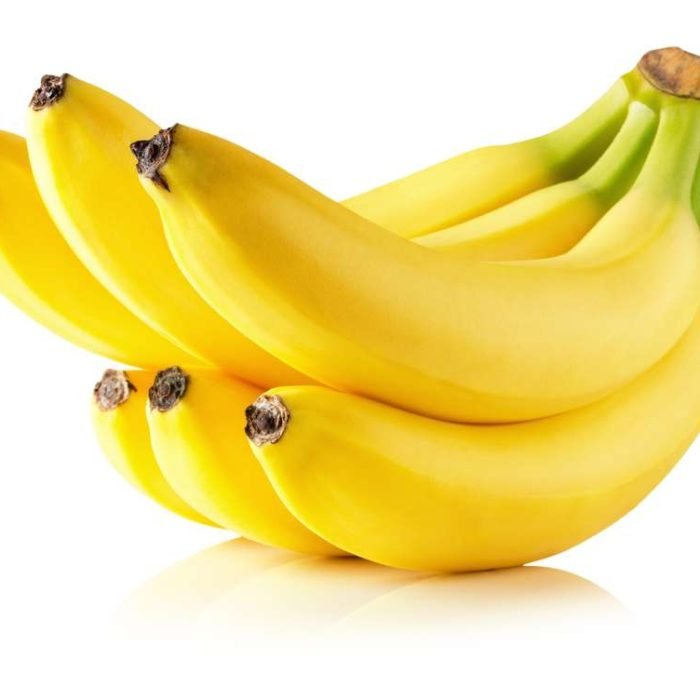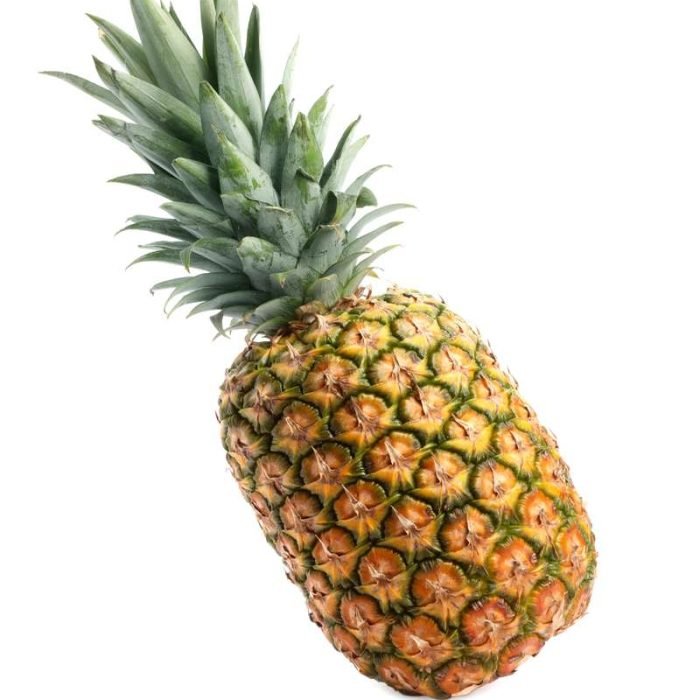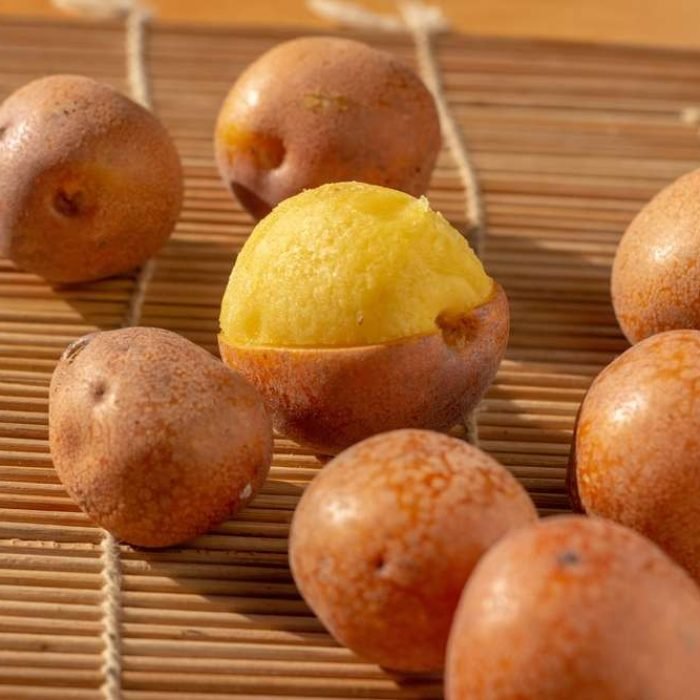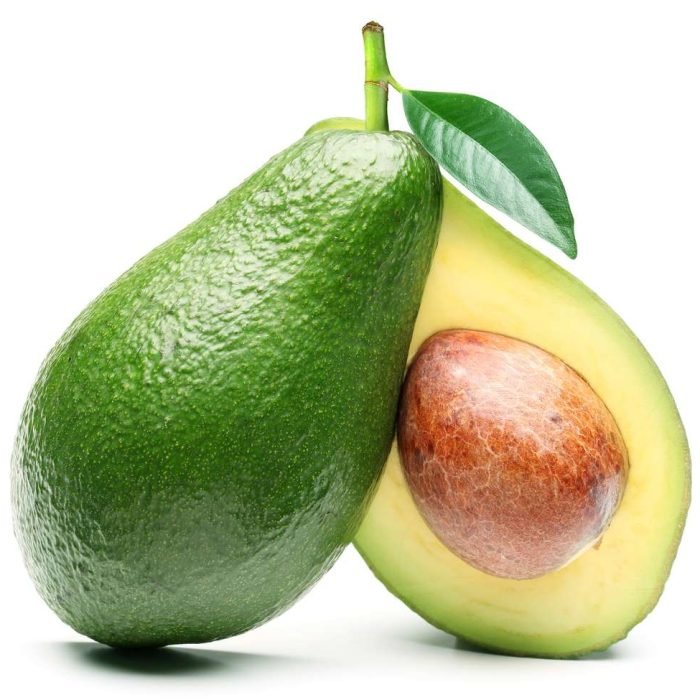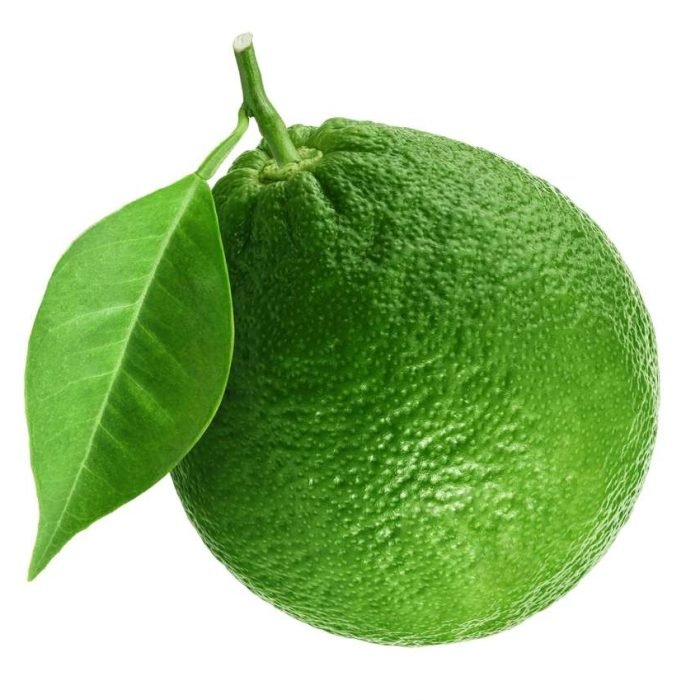Marula Fruit
( Muongo or amarula fruit )
- Sclerocarya birrea
- Tree Type: Deciduous
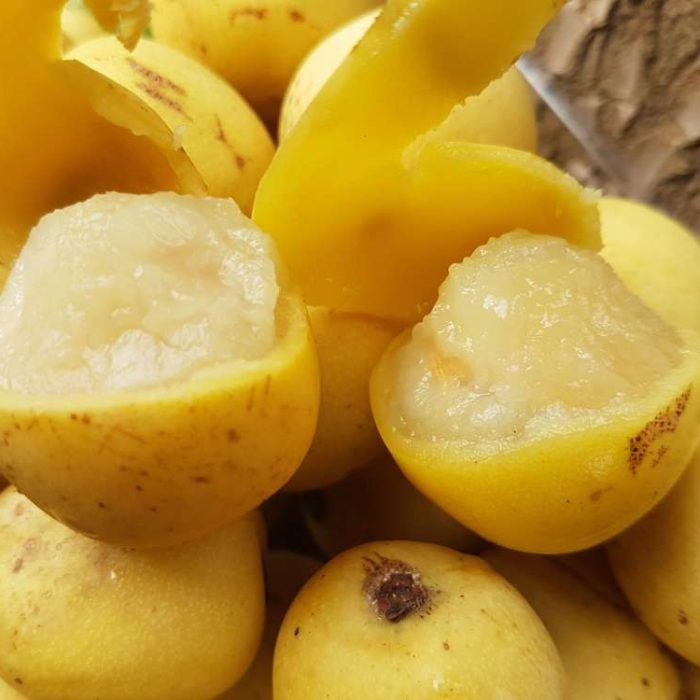
General Information
The tree is a single stemmed tree with a wide spreading crown. It is characterized by a grey mottled bark. The tree grows up to 18m tall mostly in low altitudes and open woodlands. The distribution of this species throughout Africa and Madagascar has followed the Bantu in their migrations. There is some evidence of human domestication of marula trees, as trees found on farm lands tend to have larger fruit size.Description
The fruits have a light yellow skin (exocarp), with white flesh (mesocarp).Cultivation
The fruits, which ripen between December and March. They fall to the ground when unripe and green in colour, and then ripen to a yellow colour on the ground.Uses
The fruit is traditionally used for food in Africa, and has considerable socioeconomic importance. The fruit juice and pulp are mixed with water and stored in a container over 1–3 days of fermentation to make marula beer, a traditional alcoholic beverage. Marula oil is used topically to moisturise the skin, and as an edible oil in the diet of San people in Southern Africa. The marula tree is protected in South Africa. The fruit is used to make the cream liqueur Amarula and also sold as a frozen puree used in juice blends. Marula oil is used as an ingredient in cosmetics.Share:
- Kingdom: Plantae
- Clade 1: Tracheophytes
- Clade 2: Angiosperms
- Clade 3: Eudicots
- Clade 4: Rosids
- Order: Sapindales
- Family: Anacardiaceae
- Genus: Sclerocarya

